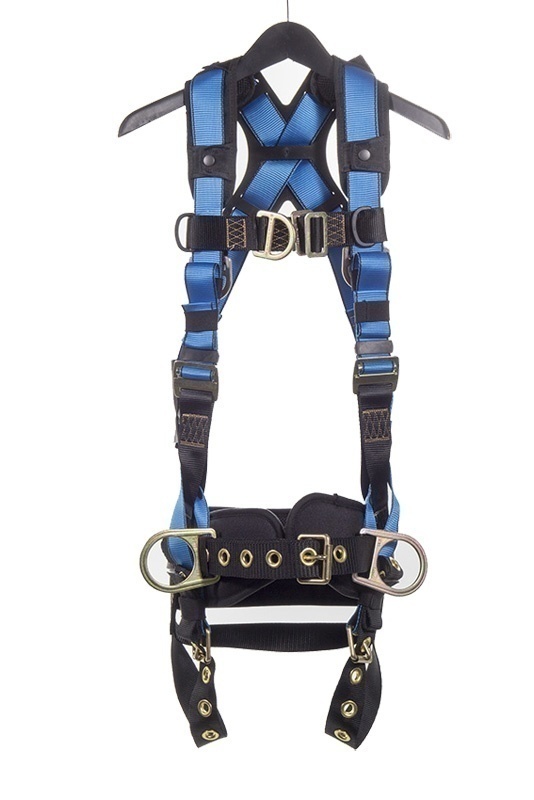YOU HAVE NO ITEMS IN YOUR CART.
Safety Goggles
Safety Goggles
Your eyes – some refer to them as windows to the soul. Others simply use them to see. Either way, it’s hard to argue that your eyesight isn’t important. When working in at-height, industry, and construction there is no shortage of hazardous situations, materials, and chemicals that can be flying around the job site all day, every day. With your eyes being a crucial part of your profession, keeping them safe is a priority. That’s why safety goggles are such an important part of your PPE setup.
Safety goggles often look similar to safety glasses. In fact, some safety glasses can transform into safety goggles. Not to mention that like safety glasses, safety goggles, come in a range of sizes, colors, shapes, and lens tents. While color and shape are typically features that are based on your preference, size and lens tents can make the difference when wearing safety goggles. Size of the safety goggles affects how comfortable they are and how much of your face they protect. While lens tent offers different features like anti-fog, indoor, outdoor, polarized, and a range of other benefits.
But what sets safety goggles apart? Well, that has to do with the way that the goggles are attached to your head and how tight they are to your skin. Safety goggles are closer fitting than safety glasses and most commonly have some sort of barrier (like foam or rubber) that closes the gap between the body of the goggles and your skin. They also feature side shields that protect your eyes from chemicals, dust, water, and more.
When selecting your pair of safety goggles it is important to look into what ANSI Standards they meet. After all, anyone can claim that their safety goggles are safe – that’s why standards have been put in place. Specifically, the ANSI Z87.1 Standard for eye protection. The Z87.1 Standard outlines what requirements safety glasses must meet as well as how they should be tested.
The ANSI Z87.1 Standard has four different qualifying tests. If the eye protection passes the first test, they meet the Z87.1 Standard. This means they are good protection, but not great as this test does not qualify the glasses for use in impact hazard situations. If you are going to be doing work where there is or might be, an impact hazard your glasses must meet the remaining 3 tests. If it does, it will have the Z87+ marking.
Sometimes there are jobs that require even more protection than the Z87+ Standard requires. That is where military grade eye protection should be used. The MIL-PRF 32432 Standard represents that the eye protection has passed an additional round of testing.
For more information on the ANSI Z87.1, Z87+, and MIL-PRF 32432 Standards and for details on the testing process, check out our blog post here.
Got questions or looking for a specific pair/style of safety goggles? Click here to get in touch with one of our Gear Experts®.






